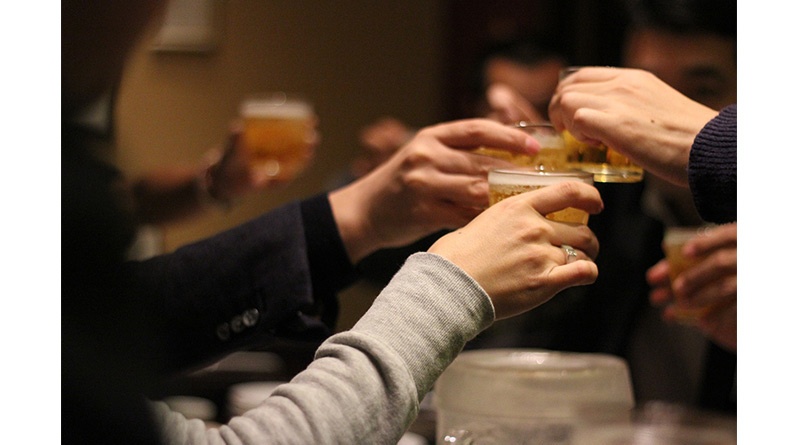Low Infection Rate For Pubs & Restaurants Figures Disputed

Reports this week have revealed that pubs and restaurants have caused less than 3% of coronavirus infections in the week prior to the introduction of the 10pm curfew. The curfew, which is devastating hospitality venues, has meant that these pubs, restaurants and takeaways cannot be open beyond 10pm in a bid to reduce the growing number of Covid-19 cases, however some experts have argued transmission of the virus is actually relatively small within these settings.
Just 17 of 532 (3.2 %) of coronavirus clusters reported in England occurred in the hospitality sector last week, a reduction from 5% the week before the current 10 PM restriction was introduced.
At the same time the proportion linked to schools has doubled to more than 40 per cent after thousands more students returned to classrooms and universities, with care homes the next setting for the largest outbreak of infection rates.
Contact tracing data from PHE has revealed that socialising inside people’s homes is presently the main driver of infections, whereas pubs and restaurants account for a very low percentage of transmission, Linda Bauld, Professor of Public Health at Edinburgh University, said. It explains why “a fifth of the UK population are currently living in areas where inter-household socialising is not recommended at the moment,” she added.
The 10 PM curfew, enforceable by law has been subject of fierce criticism as people spill onto the streets at the same time, moving gatherings and parties from the pub to the street with little or no social distancing.
By contrast, fact checking organisation Full Fact have said that this is a misreading of data which only covers outbreaks and clusters where more than one person has or is suspected to have a respiratory infection. This data they say does not necessarily confirm where a new case was picked up. The criteria for an ARI incident means that this data does not cover all Covid-19 cases. For example, if just one new Covid-19 infection was linked back to a pub setting and there was no suspected outbreak, this would not be classed as an ARI incident.
Over this period there were 26,259 new cases of Covid-19 confirmed in England, compared to 532 “incidents”, though each incident can also include multiple cases. The PHE data does not show how many people were infected in each incident.
So, they say rather than 3% of all Covid-19 cases coming from restaurants in the week before the 10pm curfew, as was reported, in actual fact it was 3% of reported incidents linked to Covid-19 investigated by PHE.
The PHE report also says that, since 10 August, all people who test positive for Covid-19 and are traced by the Test and Trace system in England are asked about “places they have been and activities they have done in the days before becoming unwell (in the 2-7 days prior to symptom onset).”
It adds: “Although this can’t say for certain if this is where someone picked up the infection, the information may be helpful to indicate possible places where transmission is happening.”
Between 10 August and 24 September, the most common event recorded was eating out, reported by 14.6% of people who tested positive, followed by shopping, reported by 13.4%.
